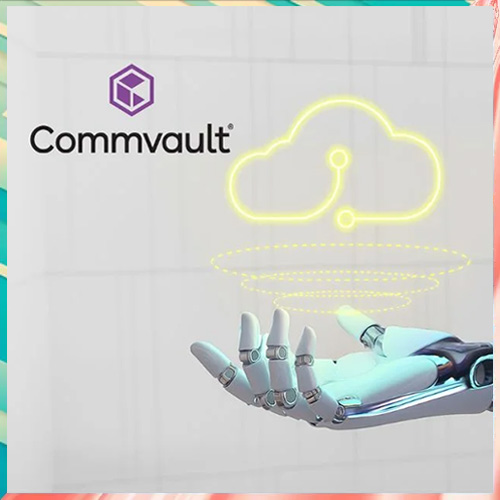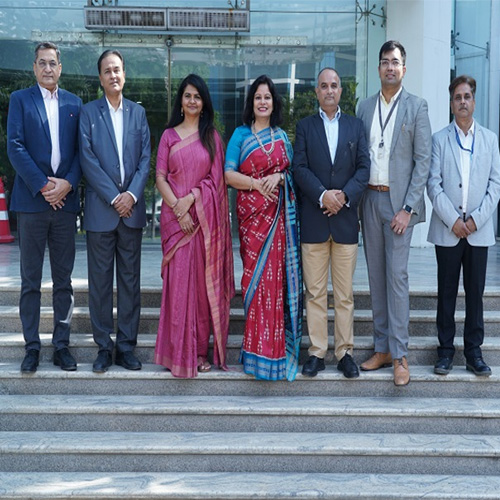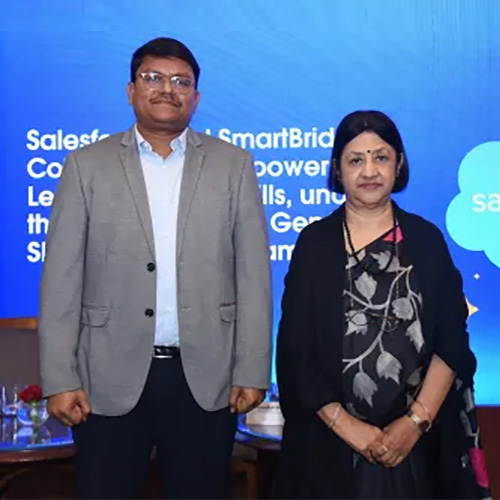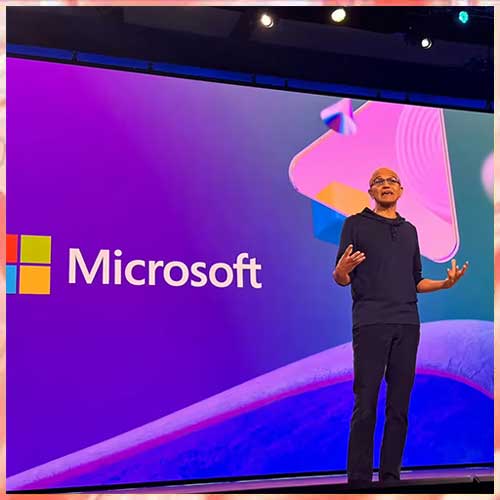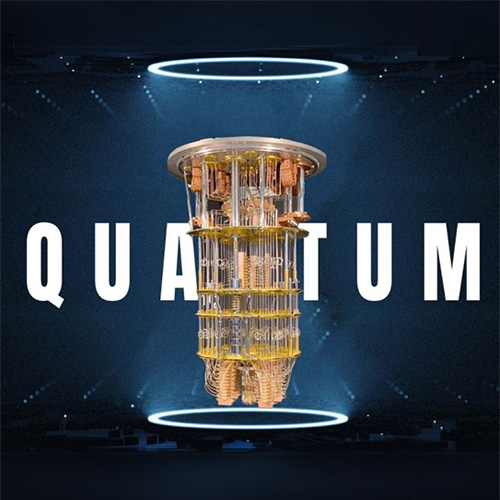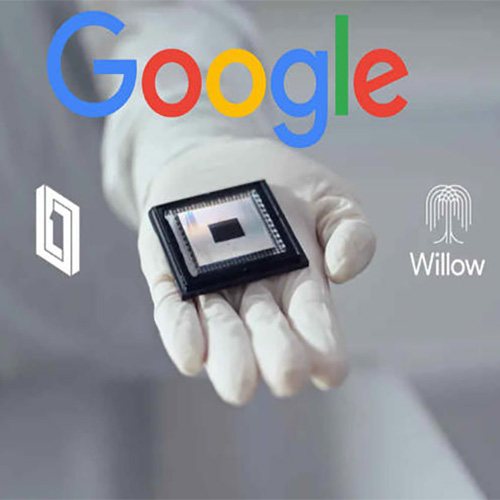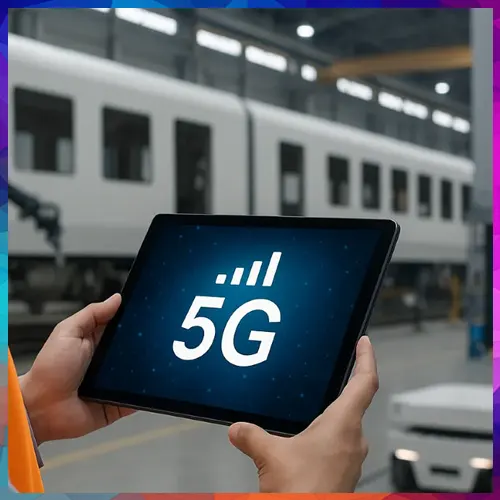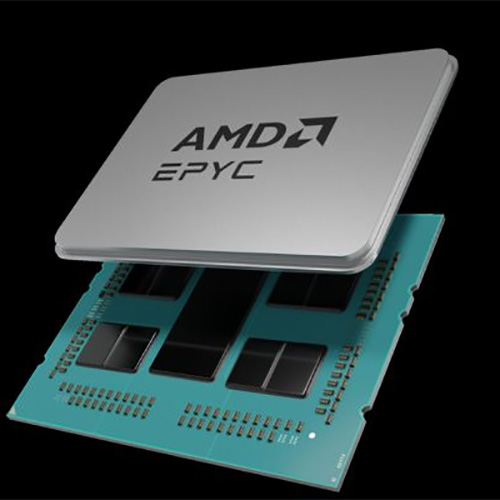
Google has launched Gemini, its cutting-edge AI model, globally. Gemini 1.0, which is built into Bard and the most recent Pixel 8 Pro devices, offers cutting-edge performance on a number of benchmarks. Sundar Pichai, the CEO of Google, emphasized how Gemini has been optimized for various sizes, such as Ultra, Pro, and Nano. Google Pixel phones will run on it.
“These are the first models of the Gemini era and the first realisation of the vision we had when we formed Google DeepMind earlier this year. This new era of models represents one of the biggest science and engineering efforts we’ve undertaken as a company,” Pichai said in his note.
The result of large-scale collaborative efforts by teams across Google, including at Google Research, Gemini was built to be multimodal and hence can “generalise and seamlessly understand, operate across and combine different types of information including text, code, audio, image and video”. In one of the demos, Google showcased how Gemini can see like a human eye, understand and evaluate in real-time and suggest the next course of action.
While Gemini Ultra will be the largest and most capable model for highly complex tasks, Gemini Pro will be best at scaling across a wide range of tasks, and Gemini Nano will manage on-device tasks. From today, Gemini Nano will be available in Pixel 8 Pro, powering new features like Summarise in the Recorder app and Smart Reply via Gboard, starting with WhatsApp. Gemini will roll out to more Google products and services like Search, Ads, Chrome and Duet AI.
From December 13, developers and enterprise customers will be able to access Gemini Pro via the Gemini API in Google AI Studio or Google Cloud Vertex AI. Android developers will also be able to build with Gemini Nano via AICore, a new system capability available in Android 14, starting on Pixel 8 Pro devices. Since Gemini Ultra is still completing trust and safety checks, but will be available to select customers, developers, partners, and safety and responsibility experts for early experimentation and feedback before it is rolled out to developers and enterprise customers early next year.
See What’s Next in Tech With the Fast Forward Newsletter
Tweets From @varindiamag
Nothing to see here - yet
When they Tweet, their Tweets will show up here.





